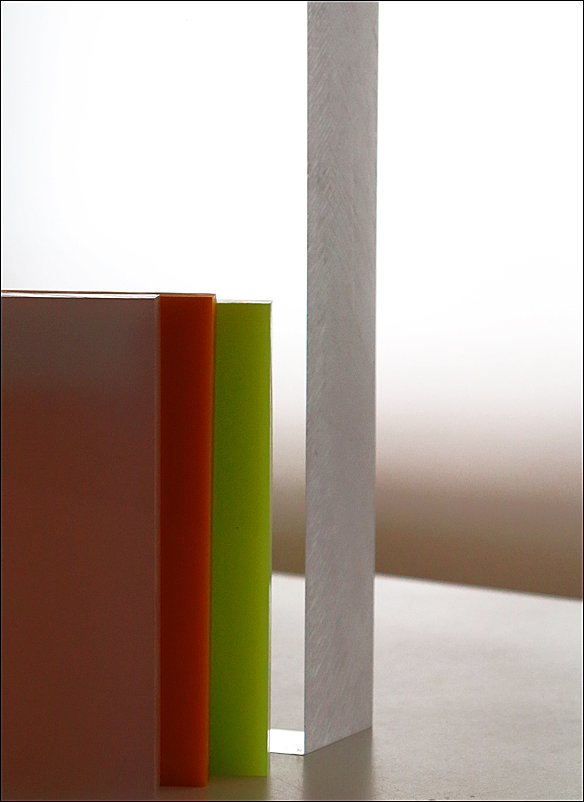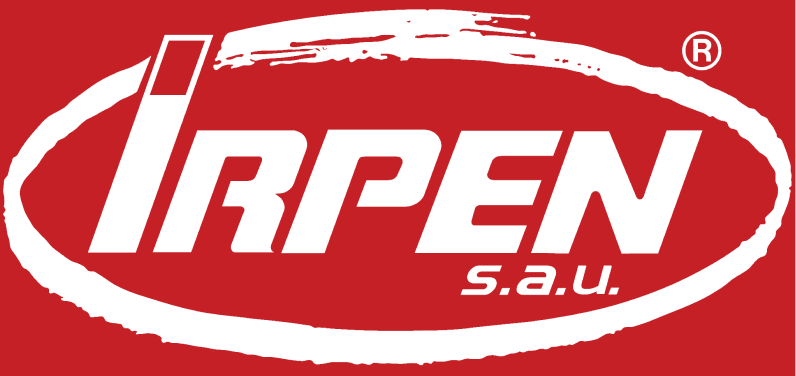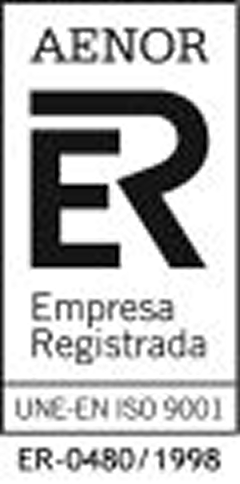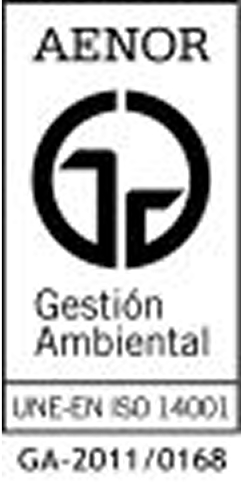
On many occasions we receive inquiries about the differences and similarities between PMMA and PMMA XT, marketed as Policril colada and Policril XT extrusion.Although they are products with a similar chemical base, the fundamental difference between these two types of methacrylates is the production process used to obtain them.CAST METHACRYLATE. POLICRiLIn the casting process, a single plate is obtained by pouring acrylic syrup between two pieces of glass that form the mold. The MMA then polymerizes, i.e., it hardens through gradual heating and the subsequent cooling process. PMMA plates are manufactured from Methyl Methacrylate Monomer (MMA). It is a thermoplastic material that offers: · Possibilities of transformation through thermo-molding.· It is a resistant, easy to handle and stable acrylic. Great ease of machining and moulding. · It can be cold machined (sawn, grinded, stabbed, polished, etc.) but cannot be bent. Local heat must be applied to bend, this being a complex industrial process that requires molds and specialized machinery.· It stands out for being the plastic with the lowest propensity to degeneration thanks to its excellent properties of resistance to UV rays and weather in general, as well as its thermal stability.· High level of transparency, excellent optical quality.· It comes in several degrees of resistance and multiple color possibilities. · Adaptability to smaller batches.FeaturesPOLICRIL cast plates have among their main advantages: · High resistance to weather.· Great resistance to aging caused by the sun and UV.· High impact resistance, about 10 to 20 times that of glass.· Lightweight compared to glass (approximately half), with a density of about 1190 kg/m3 it is only slightly heavier than water.· Excellent light transmission capacity· Low water absorption· Excellent optical quality.· Easy to handle· High level of transparency (92%) · High surface quality. Scratch resistance· It exceeds XT in thermal and electrical load capacity. · Excellent thermal and acoustic insulator. · Due to its manufacturing process, it has a thickness tolerance· Among all these POLYCRIL capabilities, in this article we want to highlight its high light transmission capacity and its light diffusion capacity, which make it an optimal material for creating surprising effects in different fields of application.METHACRYLATE EXTRUSION. POLICRIL XTExtrusion plates are obtained from molten acrylic pellet. Processed with extruder machines that force it between rollers, pressing the sheets as it cools. This process allows: · Possibility to manufacture longer lengths, always on request and with minimum manufacturing.· Longer productions.· Obtaining plates of a uniform caliber with a faster production process.It differs from cast methacrylate due to its manufacturing system, with which it cannot match surface quality and resistance.Features· Easy handling (cutting, molding, screen printing,...) · Uniform calibration· High transparency· Possibility to manufacture special lengths· Impact resistance· Resistance to impact weather· Recyclable.Cast or extrusion? There is no single answer, considering the characteristics of each one, it will be the requirements of your project that will determine what type of POLICRIL you should choose.For more information, see the technical data sheets on our website (www.irpen.es) or consult our technical department.
